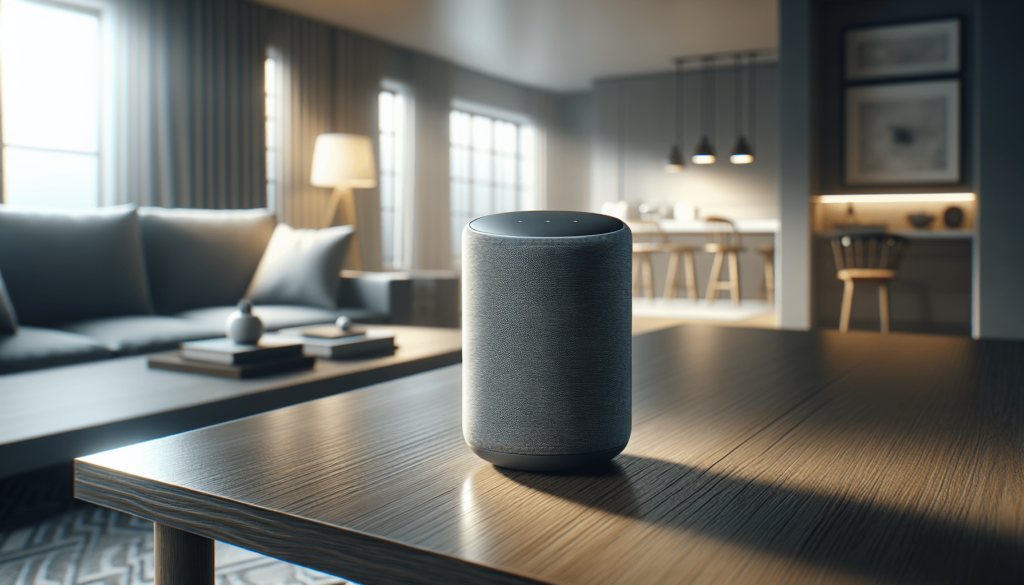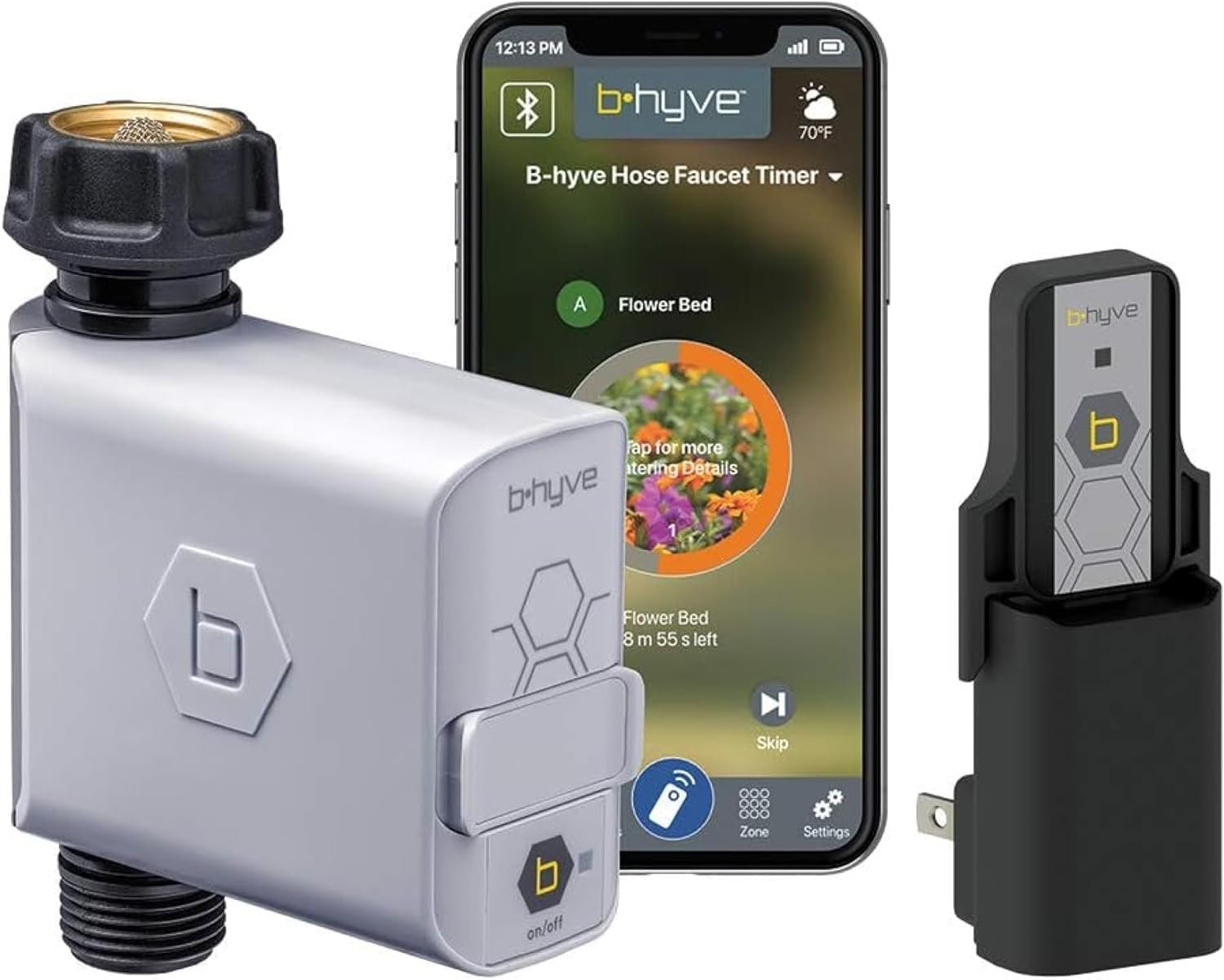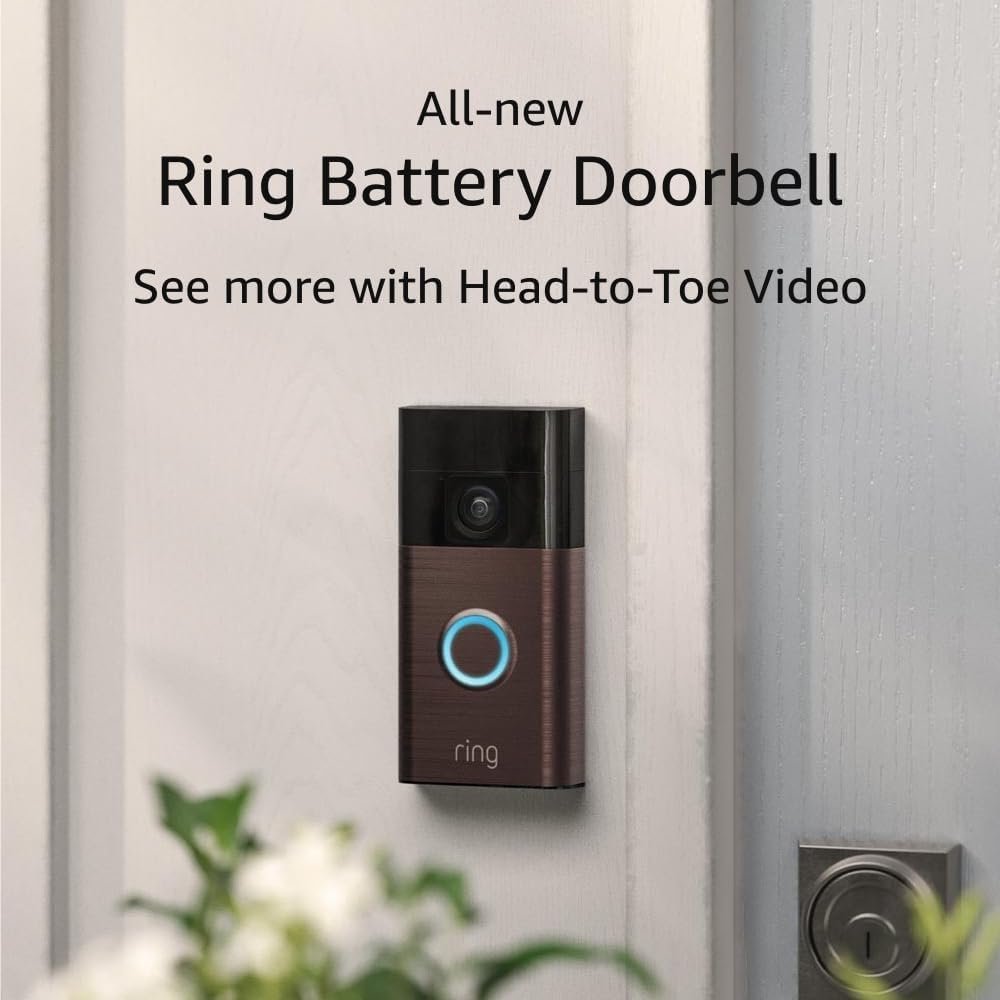Do you sometimes find yourself asking whether all the hype about smart homes is really justified? As you look around at your current living space and think about how technology might elevate your lifestyle, understanding the value a smart home brings is essential. Let’s explore what it means to have a smart home, discuss its benefits and potential pitfalls, and ultimately answer the question: Do you really need a smart home?
Understanding Smart Home Living
What is a Smart Home?
A smart home is more than a collection of fancy gadgets. It’s an ecosystem where devices are interconnected to automate and control your environment efficiently. Think of it as turning your home into a living organism, with lights, thermostats, cameras, and more synced together, offering you convenience and control over your home environment.
Types of Smart Home Devices
Smart home devices range from security systems to kitchen appliances and even environmental controls. Common examples include smart thermostats, security cameras, light control systems, smart speakers, and robotic vacuum cleaners. Each device integrates into your home’s network to simplify everyday tasks and make them more efficient. Yet, with myriad options on the market, choosing the right mix for your needs can be daunting.
Cost and Value Considerations
Initial Setup Costs
The prospect of setting up a smart home can be intimidating when considering initial costs. Depending on your specific needs and budget, costs may vary significantly. A simple setup with a few smart plugs and a hub may set you back a couple of hundred dollars, while a fully integrated system could cost several thousand. However, understanding this initial investment is crucial for long-term planning.
Long-term Savings and ROI
Smart homes often promise long-term savings, especially in energy consumption. For instance, a smart thermostat can reduce heating and cooling costs by learning your schedule and adjusting settings accordingly. Energy-efficient smart lighting can also lower electricity bills. Over time, these savings contribute to offsetting the initial investment, translating into a favorable return on investment.

Benefits of Smart Home Technology
Convenience and Control
Who wouldn’t want more convenience in life? Smart home technology offers seamless control over your home’s various systems with just the tap of a finger or a voice command. Imagine dimming the lights from your couch or checking in on your home security while away on vacation — the integration of smart devices liberates your everyday experience.
Enhanced Security
For many, the ability to monitor and secure their home remotely is invaluable. Smart security systems can notify you of any unusual activity, manage access control through smart locks, and even capture footage in the event of a security breach. This peace of mind is a significant motivator for adopting smart home technology.
Energy Efficiency
Beyond convenience, smart homes contribute to a more sustainable lifestyle. Devices designed for energy efficiency help reduce your carbon footprint and can significantly cut down utility costs. By optimizing how and when energy is used, smart homes make environmental and economic sense.
Addressing Common Misconceptions
Do Smart Homes Save You Money?
A common myth is that all smart homes automatically save you money. In reality, cost savings depend on the devices chosen and how they are used. Smart technology requires an initial investment, and the savings primarily come from efficiency improvements over time.
Are Smart Homes Secure?
Some homeowners worry about the security risks posed by integrating smart devices. While these concerns are valid, adhering to best practices — such as using strong passwords and regularly updating firmware — can mitigate most risks. The key is to be informed and pro-active about securing your smart home network.

Practical Setup Guides
Getting Started with Smart Devices
Initiating your smart home journey involves selecting a central hub or platform like Amazon Alexa, Google Assistant, or Apple HomeKit to connect your devices. From there, start small: A smart speaker to control devices or smart plugs to manage power use is a great way to ease into it.
Integration and Compatibility
Ensuring your devices are compatible and can effectively communicate is paramount. Compatibility often hinges on devices being able to integrate with your chosen platform. Reading product specifications and guidelines will ensure you select devices that smoothly coordinate within your ecosystem.
Step-by-Step Installation
Success in creating a smart home lies in a methodical approach to setup.
-
Select a Hub: Choose a platform that complements your needs, considering compatibility with desired smart devices.
-
Pick Initial Devices: Start with entry-level devices like smart bulbs or plugs.
-
Installation: Follow manufacturer guidelines. Often, setup involves installing companion apps on your Smartphone to control and manage devices.
-
Testing and Troubleshooting: Test devices individually and collectively to ensure smooth operation. If needed, seek online forums or customer support for troubleshooting advice.
Security and Privacy Factors
Potential Risks
The interconnectivity of smart devices does introduce security risks. Hackers could potentially gain unauthorized access to your devices. Being aware of these risks is critical to safeguarding your home.
Best Practices for Security
-
Use Strong Passwords: Regularly update passwords and use unique ones for each device.
-
Firmware Updates: Keep device firmware up-to-date to protect against vulnerabilities.
-
Network Security: Use secure Wi-Fi protocols and consider a guest network for friends and family.
Privacy Concerns
Data privacy is another concern. Understanding how companies collect and utilize your data can put your mind at ease. Reviewing privacy policies and configuring settings appropriately will help manage these concerns effectively.
Future Trends and Innovations
Emerging Technologies in Smart Homes
The arena of smart home technology is evolving rapidly. Emerging trends such as AI integration, predictive home automation, and more sophisticated energy management systems are set to redefine the landscape. These innovations promise to make smart homes even more intuitive and efficient.
Sustainability and Future Proofing
As technology evolves, opting for hardware and software aligned with future trends ensures your smart home remains cutting-edge. Consider systems that allow for scalability and upgrades without significant re-investment.
Real-Life Examples
To illustrate these concepts, consider the automated homes of today’s celebrities or tech entrepreneurs. These homes, wired from top to bottom, offer real-world examples of smart technology’s potential when fully realized.
Making an Informed Decision
Does a Smart Home Fit Your Needs?
Deciding if a smart home is suitable depends on personal needs, lifestyle, and budget. Evaluate what you aim to achieve: Are convenience and automation your goals, or is security and energy-saving your priority? Tailoring your smart home to your individual requirements ensures you derive maximum benefit.
Budgeting for Smart Home Upgrades
Create a budget that reflects both the initial setup and potential savings over time. Start modestly and expand as your comfort and financial situation allow. Consider the long-term benefits that align with your lifestyle and goals.
Final Thoughts: Is a Smart Home Right for You?
While not everyone needs an extensive array of smart devices, adopting a smart home can enhance your daily routine, provide control, security, and energy savings. The key lies in understanding your unique needs, evaluating potential benefits and costs, and starting with a simple plan that evolves over time. After assessing these factors and exploring the options available, you’ll be better positioned to answer the question: Do you really need a smart home?




